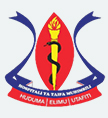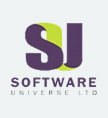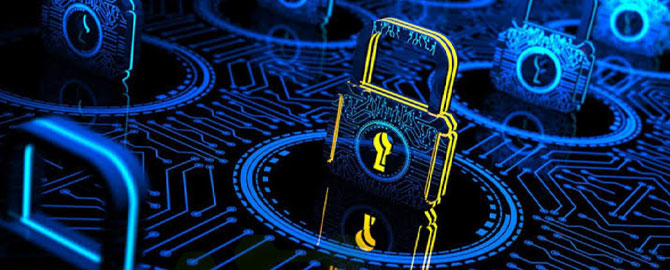Big Data Cyber Security
The age of big data and cyber security is here. And that means both opportunity and risk for most businesses/institutions. If you are in the cyber security field you are likely very fa-miliar with big data, which is the term used to describe a very large data set that is mined and analyzed to find patterns and behavioral trends. It is generally defined as being dense in variety, velocity and volume. From a cyber security standpoint big data has ushered in new possibilities in terms of analytics and security solutions to protect data and prevent future cyber-attacks. But just as big data has opened new possibilities for cyber security teams, it has also given cyber criminals the opportunity to access mass quantities of sensi-tive and personal information using advanced technologies.
The accumulation of data is increasing daily at an exponential rate and the high-profile na-ture of data breaches can be extremely damaging for a company/government/individual. Therefore, the ability of a business to protect its data is crucial for its survival.
Having the ability to identify threats to security as quickly as possible, either by detecting or fixing these threats is critical. The right tools are needed in these situations and advanc-es in Big Data analytics are showing a promising reduction in combatting Cyberattacks and improving security.
A successful cybersecurity approach has multiple layers of protection spread across the computers, networks, programs, or data that one intends to keep safe. In an organization, the people, processes, and technology must all complement one another to create an ef-fective defense from cyber-attacks. A unified threat management system can automate integrations across select Cisco Security products and accelerate key security operations functions: detection, investigation, and remediation.
People
Users must understand and comply with basic data security principles like choosing strong passwords, being wary of attachments in email, and backing up data. Learn more about basic cybersecurity principles.
Processes
Organizations must have a framework for how they deal with both attempted and successful cyber-attacks. One well-respected framework can guide you. It explains how you can identify attacks, protect systems, detect and respond to threats, and recover from successful attacks.
Technology
Technology is essential to giving organizations and individu-als the computer security tools needed to protect them-selves from cyber-attacks. Three main entities must be pro-tected: endpoint devices like computers, smart devices, and routers; networks; and the cloud. Common technology used to protect these entities include next-generation firewalls, DNS filtering, malware protection, antivirus software, and email security solutions.
Why is cyber security important?
In today’s connected world, everyone benefits from advanced cyber-defense programs. At an individual level, a cybersecurity attack can result in everything from identity theft, to extortion attempts, to the loss of important data like family photos. Everyone relies on critical infrastructure like power plants, hospitals, and financial service companies. Securing these and other organizations is essential to keeping our society functioning.
Everyone also benefits from the work of cyberthreat researchers. They reveal new vulnerabilities, educate the public on the importance of cybersecurity, and strengthen open source tools. Their work makes the Internet safer for everyone.
OUR APPROACH ON CYBER SECURITY
The CIA triad
Confideniality, Integrity and Availability
Confidentiality, integrity and availability also known as the CIA triad is a model designed to guide policies for information security within an organiztion. The model is also sometimes referred to as the AIC triad (availability, integrity and confidentiality) to avoid confusion with he central intelligence agency. The elements of the triad are considered the three most crucial components of secuirty.Confidentiality, integrity and availability also known as the CIA triad is a model designed to guide policies for information security within an organiztion. The model is also sometimes referred to as the AIC triad (availability, integrity and confidentiality) to avoid confusion with he central intelligence agency. The elements of the triad are considered the three most crucial components of secuirty.
1. Confidentiality : is roughly equivalent to privacy. Measures undertaken to ensure confidentiality are designed to prevent sensitive information from reaching the wrong people, whiile making sure that the right poeple can, in fact, get it. Access must be restricted to those authorized to view the data in question.
2. Integrity : involves maintaining the consistency, accuracy and trustworthiness of data over its entire lifecycle. Data must not be chaned in transit and steps must be taken to ensure that data cannot be altered by authorized people (for example in a breach of confidentiality). These measures include file permissions & user access controls. Version control may be used to prevent erroneous changes or accidental deletion by authorized users from becoming a problem.
3. Availability : is best ensured by rigorously maintaining all hardware, perfoming hardware repairs immediately when needed and maintaining a correctly functioning operating system enviroment that is free of software conflicts by keeping current with all necessary system upgrades.
How can we help you?
Get in touch with us or find an office closest to you.





Pulsans
Our mission is simple providing high quality, relevant and compelling services that customers can only get from Pulsans Technology Limited www.pulsans.com
Quick Links
Get In Touch
- Call : + 255 752 444 458
- Email : info@pulsans.com
- P.O Box : 76852
- Web : www.pulsans.com

